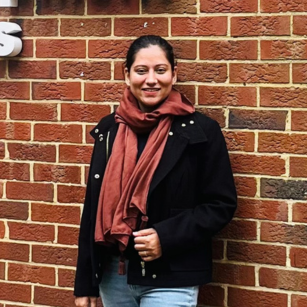It is now part of received wisdom that peace-making and humanitarian assistance in complex political emergencies (CPEs) require an informed understanding of their political dimensions. All too often international agencies, donors and NGOs have plunged in on the basis of an inadequate understanding of what are, after all, profoundly political processes. The unintended, and even counter-productive, consequences of such interventions have been amply documented in many studies, some of which argue the thesis that humanitarian relief does (de Waal, 1997) or, at least may (Anderson, 1996; Duffield, 1994), fuel conflict.
Related content
18 April 2024
18 April 2024
Student Opinion
Support for first-generation learners
27 March 2024
Book
Changing Narratives Around Humanitarian Protection and Gender‑Based Violence: An Artistic Journey
eBook
27 March 2024
